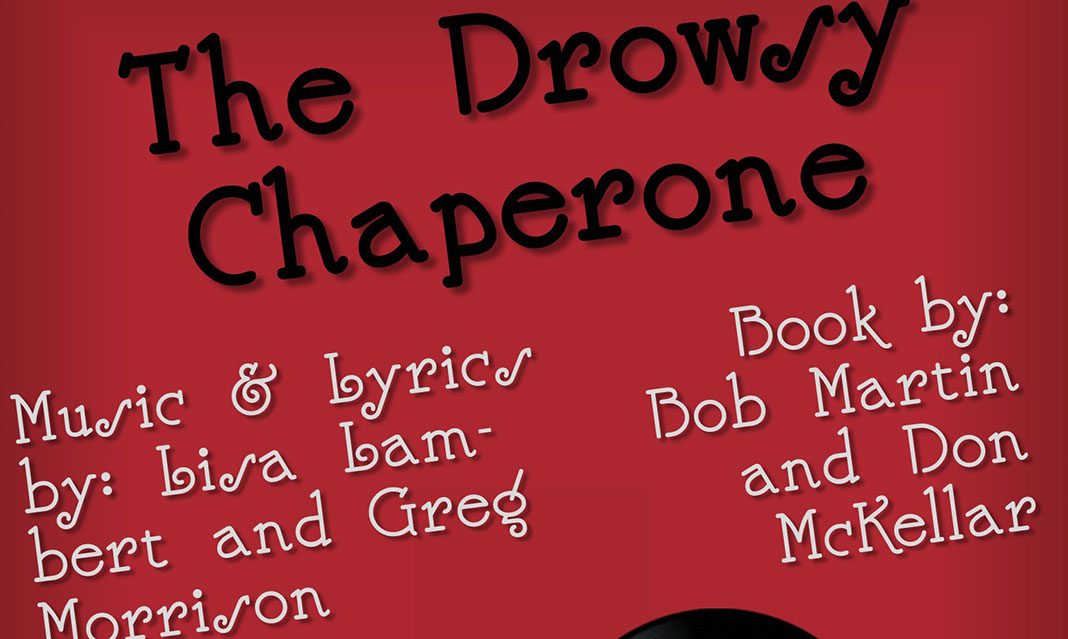The Drowsy Chaperone is a delightful musical set in the 1920s, and is a parody of earlier musical comedies. The Victoria College Drama Society (VCDS) presented an incredibly witty and aesthetically pleasing performance of the play.
The Drowsy Chaperone is a play that explicitly breaks the fourth wall. This was set up in the VCDS production right from the opening scene, when the Man in Chair (Tom Fraser), sitting in pitch black darkness, drawls, “I hate theatre.” He goes on to explain that he hates it because it is often too long, and at one point you just want the “lights to come out.” Right at this moment, the lights come out, and the audience gets their first glimpse at the Man in Chair—a bespectacled man in a red sweater, sitting comfortably in an armchair, facing the audience.
The Man in Chair puts on a record called “The Drowsy Chaperone” to pass the time. He remarks to the audience, “Isn’t the purpose of musical theatre to entertain?” The audience laughed in agreement.
The record starts playing and the characters come to life singing and dancing, while the Man in Chair watches with the audience. We soon find out that the play is about a wedding. Robert Martin (Michael Henley) is marrying a Broadway actress, Janet van de Graaf (Shannon Smith). The other characters soon declare that the bride and groom must not see each other before the wedding because it is bad luck. At this point, the Man in Chair pauses the record, turns to the audience, and says, “That’s it. That’s the whole plot.”
One thing I really liked was the set and the use of lighting. Every time the Man in Chair interrupted to speak to the audience, the stage would become dark and the actors would freeze in the same way something on television would when you hit pause. This was done particularly well in one scene when Mrs. Tottendale (Zoi Samonas) asks for ice water after telling Underling (Armon Ghaeinizadeh) that ice water was code for vodka. The play is set during the prohibition period. The problem is, she actually wants ice water. As Underling keeps giving her vodka, she keeps spitting it out. The Man in Chair remarks that he doesn’t like this scene, and tries to forward it.
At this part, the two actors hand out a drink and spit it out to mimic fast forward, which I think was done exceptionally well.
Another scene I liked was when it was time for the intermission. The actors all went off stage and the Man in Chair tells the audience that this would be an intermission if we were actually in a musical theatre. He then states that he hates intermissions because they ruin the mood. One minute you’re in the world of the musical, and then suddenly you’re back in the real world. I completely agreed with him, yet I wondered how exactly we would get an intermission since the Man in Chair was talking directly to the audience. Sure enough, he declared that he needed “to pee” but he would be back quickly. He left the stage and the lights came up for the intermission.
My favorite roles were that of Gangster #1 (Arin Klein) and Gangster #2 (Jamie Fiuza), who were both pretending to be chefs. As they tell Feldzieg (Kody McCann), the wedding must not happen since Janet has decided to quit acting after getting married, and so the show she is starring in would suffer. Feldzieg continuously attempts to call off the wedding, while the two gangsters keep him on his toes by threatening him if he does not have the wedding canceled.
The drowsy, alcoholic chaperone (Olivia Thornton-Nickerson) was an intriguing character herself, with musical numbers and witty lines of her own. When asked by the bride Janet whether she is married, she replies in the negative saying, “I drink for pleasure, not out of necessity.”
The musical number I liked best was “Cold Feet” which occurs when Robert the groom is, figuratively, having cold feet before the wedding. He breaks out in tap dancing along with George (Matthew Galloway). George suggests that tap dancing is dangerous and that the groom should go roller skate instead, but blindfolds him first so that he doesn’t see the bride. Robert then roller skates blindfolded, which I think was very impressive considering how close he was to the edge of the stage.
Overall the play had phenomenal performances from all actors. I appreciate how VCDS included a message about the racist and sexist stereotypes present in the play, and stated how “the show is a satire intended to ridicule the problematic works that were popular in the early 20th century.”



